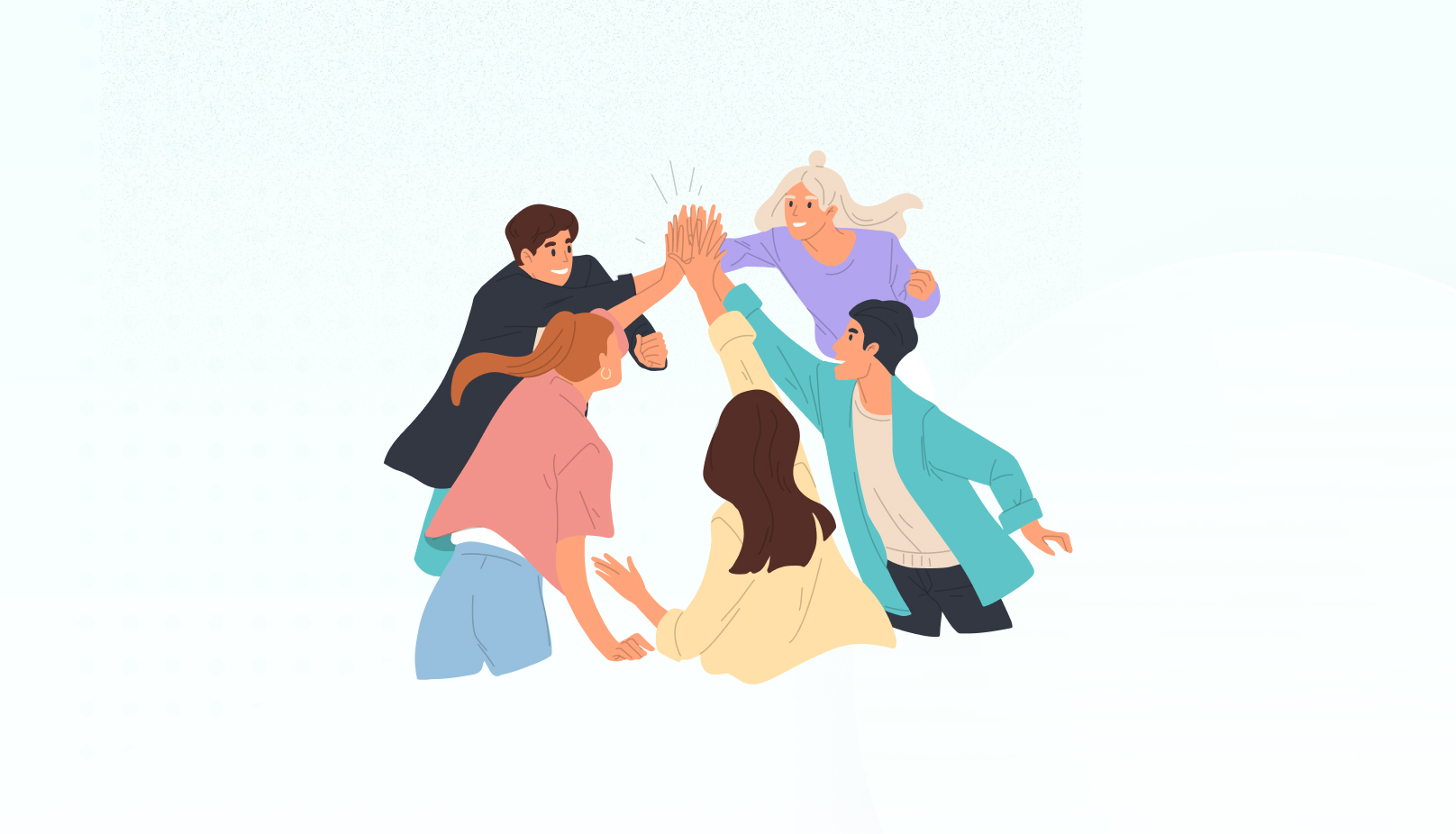
Good Collaboration With Team Members - How To Actually Achieve It
Quick question; do you regard yourself as a good team player?
This is a simple question that’s thrown around all too often in job interviews—but a skill that should never be underestimated nonetheless. Regardless of your job position and industry, you eventually have to work with others to accomplish a certain goal or task.
Lack of collaborative teamwork invites organizational rifts, inefficiencies, conflicts, a dysfunctional workforce, job dissatisfaction, and eventually poor job performance. And since teamwork is basically a social event, it starts with the people – i.e., you!
Whether you’re a leader or an employee, you need to hone the right skills and mindset to gel and facilitate effective collaboration. Read on for more on how to achieve good collaboration with team members.
Why Have Good Collaboration with Your Team?
As much as you may at times prefer to hide in your ‘fortress of solitude’, free from distractions as you focus on your tasks, a lot of good comes from being part of a collaborative team. After all, two brains are better than one. For an extra nudge, here’s what you stand to gain from having good collaboration with team members:
Networking Opportunity: Working in a collaborative environment means socializing with like-minded people. It gives them a chance to see your capabilities and work ethic firsthand. This makes you marketable when future opportunities arise.
Creative Problem Solving: When you have a couple of brilliant minds coming up with different solutions to the same problem, you’re bound to arrive at the best solution. You build on each other’s strengths and weaknesses – mitigating the risk of poor decision making.
Time-Saving: Cross-sharing means that you have a wider knowledge base, skillset, and hands to accomplish a task faster and more efficiently. Combined Experience: Working with a collaborative team is a learning experience for everyone involved. You get to pick up new things and impact others at the same time…it’s a win-win situation.
What are the Qualities of a Good Team Member/Collaborator?
The first step to achieving good collaboration is having a clear idea of what it means to be a great team player. What are the specific traits and skills you need to hone?
Reliability: No one likes a wishy-washy character who doesn’t follow through on their responsibilities and promises. If you’re assigned a task or role, you should do your best—and when everyone plays their part, the team succeeds.
Honesty: Mistakes happen and shortcomings are bound to arise in business. But when a team member fails to be open and transparent, this is an ingredient for disaster. Empathy: You should be aware of the feeling of other team members and act accordingly. Work as a team but embrace other people’s individuality and respect their boundaries.
Communication: Be a good communicator by listening first, giving constructive criticism, showing appreciation, and knowing when to stay silent.
Adaptability/Flexibility: In this day and age, an industry can be disrupted overnight. You need a team that can move with the waves and comes out on top. Adaptability also touches on your ability to be flexible by working with colleagues who have different personalities and work habits.
Autonomy: As a leader, don’t be obsessed with controlling or micromanaging team members. Instead, focus on inspiring and motivating everyone to work together.
How to Achieve Team Collaboration? – 5 Tips to Improve Teamwork Skills
A collaborative team is all about blending different personalities/thinking styles and creating a supportive environment. Here’s how to achieve this:
1. Participate in Team-Building Exercises
Building teamwork is like running a marathon – i.e., you need to practice often before you can achieve your goals. This can include anything from a retreat to occasionally grabbing a cup of coffee together.
Frequent team exercises help create a more cohesive group. It’s a great way to recover from conflicts and to better understand each other in an informal environment. The bonds and morale created in these low-pressure activities tend to carry over into the office. But remember, it has to be mutual and not forced.
2. Show Gratitude
In a survey of over 2,000 Americans, the John Templeton Foundation found that around 6 in every 10 people don’t show gratitude frequently enough when at work—yet an overwhelming number want to be thanked. Showing gratitude cultivates a culture of trust and an increased sense of self-worth. So, think about how you can show timely and genuine gratitude to your colleagues next time they do something good.
3. Learn to Accept Differences
There will come a time when the approach, mannerism, and opinions of others seem alien to you. Everyone has a different thought process and it’s only natural that disagreement will arise. The question is; how will you respond to these differences?
For good collaboration with team members, you need to be understanding and ready to make compromises with the larger group’s interests in mind. Ensure no one feels disregarded, bullied, or unheard – i.e., maintain balance.
4. Focus on Strengths
Research shows that you’re 6x more likely to be engaged in your job when it builds on your strengths. Both leaders and team members should focus on each other’s strengths and passions—rather than weaknesses. This promotes collaboration, brings people together, and creates a high-engaged team.
It's important, however, to keep challenging yourself with deliberate practice.
Deliberate practice is basically where you push past what you think you can do.
If you're a writer, that might mean writing 50 extra words every day.
In sales, that might mean sending out 10 more messages per day or making 3 more calls.
5. Build on Good Communication
We’ve saved the best for last! Good communication is like glue…when used correctly, it can create strong bonds and facilitate success—but when used inappropriately, things can get messy pretty fast. This makes it one of the most important skills for anyone wishing to achieve good collaboration with team members. To enable good communication, you must be clear, listen to the input of others, and use the most suitable tools to communicate.
What is the Takeaway?
Achieving collaboration with team members doesn’t have to be an uphill battle. By understanding what it means to be a good team member and employing some of the collaboration tips highlighted above, creating a sense of synergy isn’t as difficult as you may make it to be.
Try figuring out the skills and tips that apply to you and your team—and adopt them for improved collaboration.
Boost Collaboration with Taskworld
Enhance your team's collaboration with Taskworld. Seamlessly coordinate tasks, share files, and communicate in real-time, ensuring everyone stays aligned and projects are completed on time.





